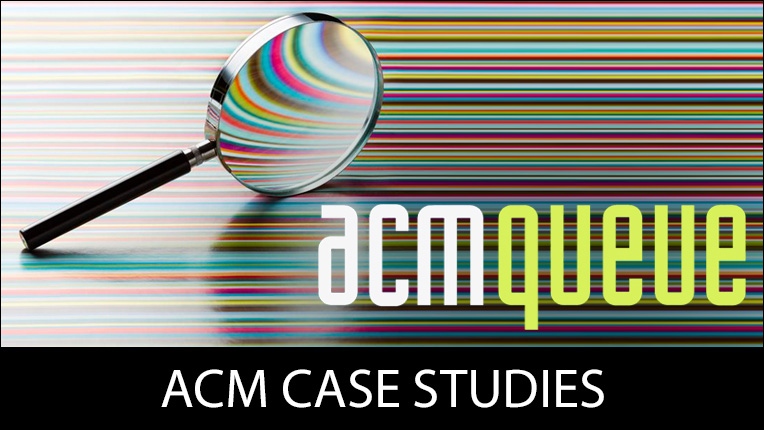Student Chapters: Getting Started
A Student chapter serves as a gateway to forums, panel discussions, and symposia that further a student's professional development. Preparation and presentation of technical reports and papers and cooperative efforts on research projects allow students to test their technical expertise.
* Entries made during the application process may be saved and completed at a later time by visiting the URL sent to the chapter email address.
Step 1: Enter chapter name, chapter email address, chapter type, and chapter sub-type.
Step 2: Enter the names of the individuals to serve as Chair, Vice Chair and Treasurer. These individuals must be ACM Student Members. In addition, a Faculty Sponsor with an ACM Professional Membership is required.
Step 3: Enter chapter contact information (postal address and phone number).
Step 4: Enter the names of at least ten (10) individuals willing to carry out the chapter's mission and participate in activities. A CSV file (comma-separated values) containing the last name, middle initial, first name, and email addresses of these members will be required through the automated chartering application.
Example: "Doe","John","[email protected]"
You may enter each member name individually.
Once the completed application is submitted, it will be reviewed by the Local Activities Manager within 5-7 business days.
Note:
FOR UNITED STATES CHAPTERS: The IRS requires chapters operating in the United States to have an Employer Identification Number (EIN). The EIN will serve as proof of a chapter’s nonprofit status and allow ACM to include the chapter in our annual group filing with the IRS. ACM will request an EIN on your behalf which you will receive upon chartering.

ACM Case Studies
Written by leading domain experts for software engineers, ACM Case Studies provide an in-depth look at how software teams overcome specific challenges by implementing new technologies, adopting new practices, or a combination of both. Often through first-hand accounts, these pieces explore what the challenges were, the tools and techniques that were used to combat them, and the solution that was achieved.

Lifelong Learning
ACM offers lifelong learning resources including online books and courses from Skillsoft, TechTalks on the hottest topics in computing and IT, and more.

Publish with ACM
ACM's prestigious conferences and journals seek top-quality papers in all areas of computing and IT. It is now easier than ever to find the most appropriate venue for your research and publish with ACM.
